
What I Learned from Visiting the POW Camp of a Father I Barely Knew
BY MARK CHESNUT

Vast yellow fields of vibrant rapeseed flowers surrounded us as we approached the Baltic coastal town of Barth, their sweet fragrance drifting into our rental car even before we lowered the windows. It was like driving into the pages of a German storybook.
But my husband Angel and I hadn’t driven 175 miles from Berlin to chase a fairy tale. We were headed to the site of Stalag Luft 1, a prisoner of war camp where my father, John J. Chesnut — a man I never had an adult conversation with — had spent nearly two years during World War II.
My father was 24 when he was captured. I was four when he died. I never got to ask him any questions. I never heard any first-hand stories. I struggled to write about him in my memoir, Prepare for Departure: Notes on a Single Mother, a Misfit Son, Inevitable Mortality and the Enduring Allure of Frequent Flyer Miles.
My lack of familiarity with my own father was surely a driving force in why I felt compelled to attend a program commemorating the 80th anniversary this year of V-E Day, when World War II ended in Europe — and when my father's status as a POW officially came to a close. On May 8, 2025, I’d be standing in the very town where my father had been held prisoner and was released on May 8, 1945.
I wasn’t sure what to expect. I wasn’t even sure what I wanted from the trip. I didn’t expect closure. But perhaps I’d find some new way to imagine the conversations I never had with my father.
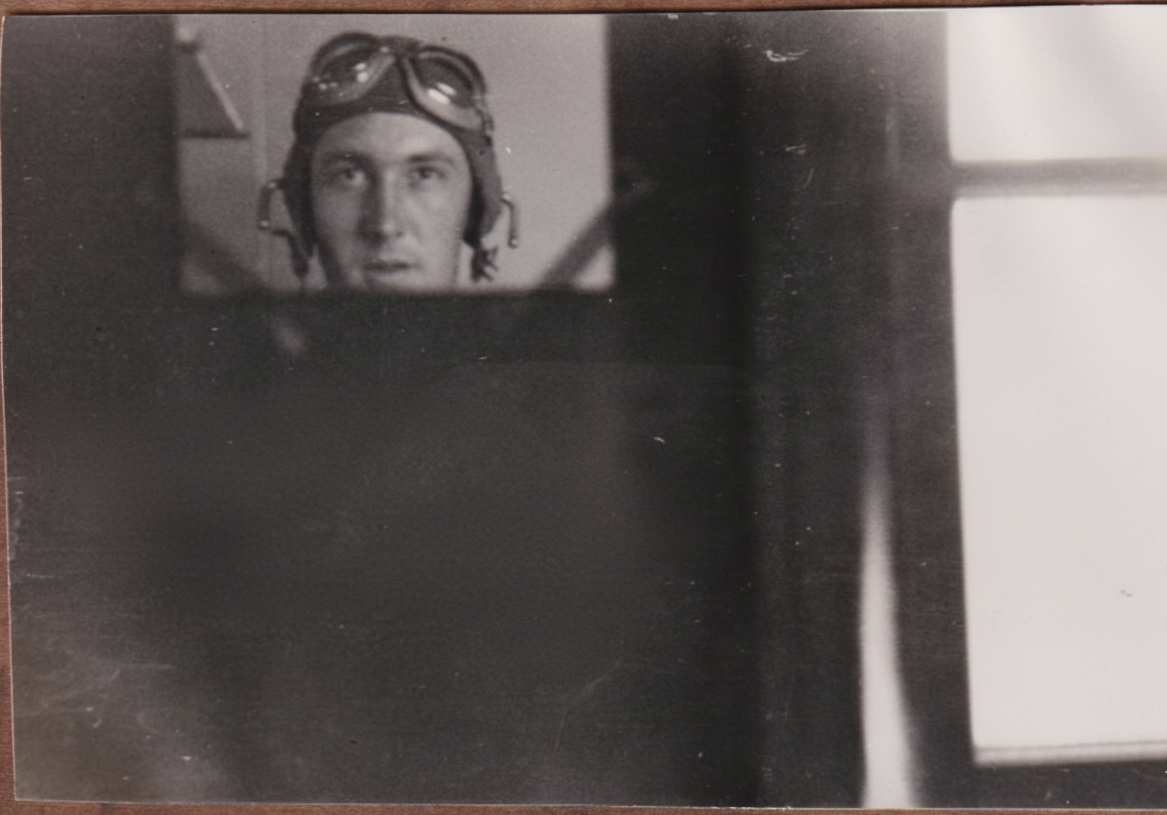
A Community Effort
This wasn’t our first visit to Barth. Back in the 1990s, Angel and I took three trains from Berlin on an unsuccessful quest for connection with my father’s World War II experiences (visiting destinations that were significant to my deceased loved ones is a practice that I’ve dubbed “dead relative travel”).
Our 1990s trip was poorly planned. We arrived on an exceptionally gray day. The empty streets seemed dreary. We spoke to no one and found no sign of the POW or concentration camps that once stood there — no clues about my father’s experience or this painful part of history.
This visit felt different long before we even arrived. The commemoration was an impressive undertaking. The Barth town government partnered with DOK Barth, a local historical organization, to create a multi-day program, and some 150 people were expected to attend from around the world.
Driving into town, we admired rows of colorful, sun-soaked buildings that lined the narrow streets. It was beautiful. We checked into an Airbnb on the picturesque waterfront and strolled to the town’s main plaza, where we had dinner at a quaint restaurant with a sophisticated menu.
As Angel and I dug into pan-seared salmon and tangles of pasta, a woman at a nearby table launched into a lengthy monologue, regaling her companions with a story not unlike that of my father, John J. Chesnut.
Her father, too, had parachuted out of a damaged U.S. war plane and became a POW in Barth. She spoke in great detail, handily dropping the names of aircraft and crewmates and — more importantly — describing her father’s feelings about his experiences.
“Why don’t you talk to her?” Angel suggested.
I hesitated. I wanted to hear more before interrupting her. But it was more than politeness that kept me from speaking to her. A creeping mix of envy and self-doubt washed over me. What if the woman asked me about my father’s experience? I didn’t have an exhaustive monologue like hers to offer. And at that moment, I wasn’t even entirely sure I could remember the name of the plane my father flew.
This woman had something I didn’t: familiarity based on years of conversation.
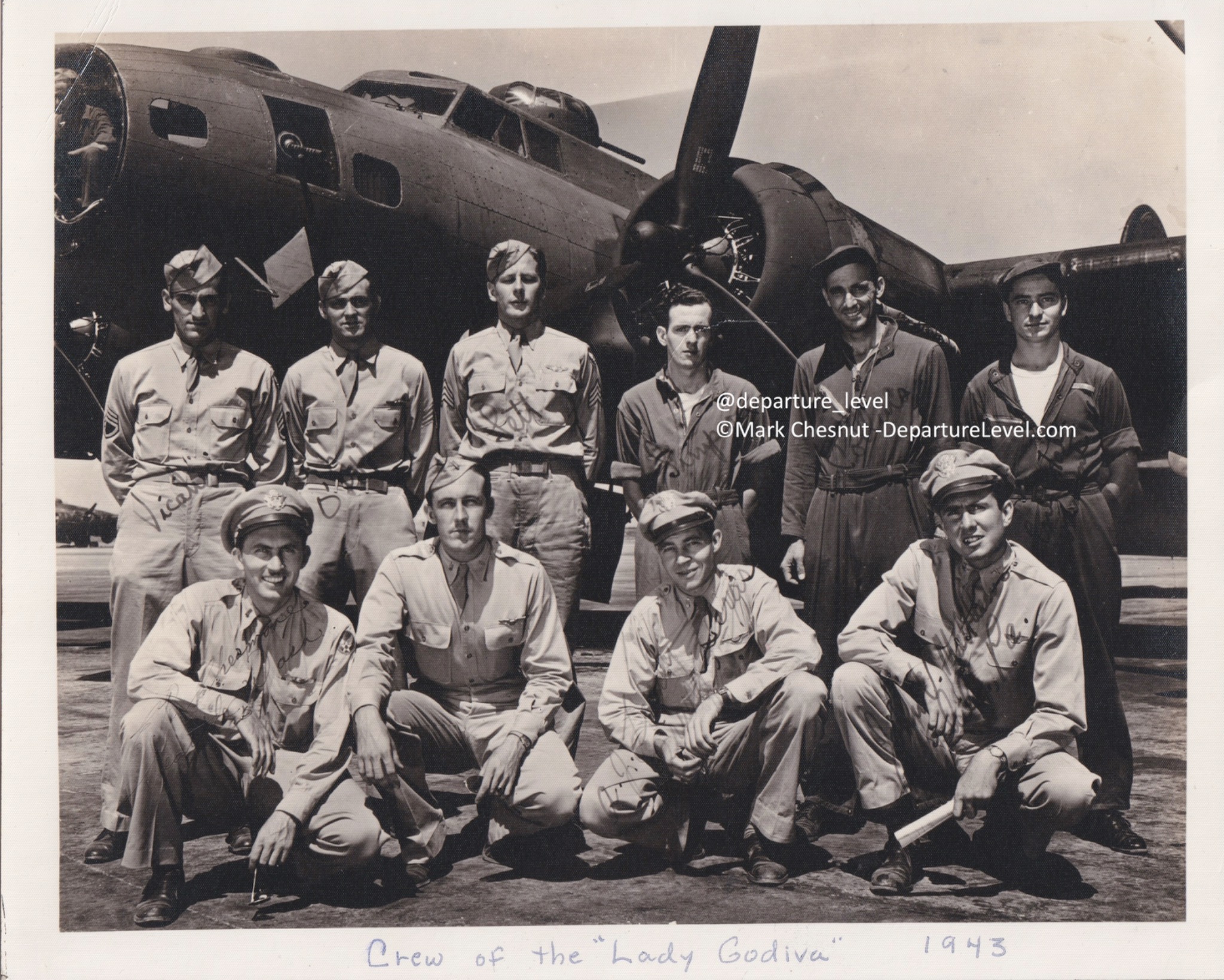
Her informal talk continued for several minutes.
“If you do introduce yourself,” Angel said with a smirk, “I bet you’ll get a long lecture.”
I laughed, but I could feel my anxiety rising. I might as well be talking about Abraham Lincoln when I discuss my father. He’s ancient history.
I felt generationally removed from most children of World War II veterans. Since my parents had me later in life, I was significantly younger than most of them. Why on earth would they be interested in talking with a “surprise baby” who barely knows anything about World War II?
I excused myself and went to the bathroom. Lukas Graham’s “7 Years” flowed from the restaurant speakers — a melancholic ballad that had sucker-punched me when my mother was dying a few years earlier. Suddenly, I burst into tears as I stared at the toilet.
And the event hadn’t even officially started yet.
I never did speak with the woman. After dinner, Angel and I stepped into the cool night air and wandered the uncrowded streets of Barth. It was almost too perfect, like a movie set after filming has wrapped. We passed the towering silhouette of the 14th-century St. Mary’s Church, gazing at the Gothic spire that soared into the crisp night sky.
I wondered if my father had seen the beautiful tower when he first arrived in Barth. Supposedly, captured soldiers were forced to march from the train station into town, through the medieval tower gate and out to the camp. But did he have the energy and mindset to notice the architectural details that caught my eye?
It must have been terrifying.

Shared Stories
A flawless blue sky stretched over the town the next morning as we walked to the Vineta Museum, where a temporary exhibit documented life at Stalag Luft 1 through photographs, drawings and letters. Then, it was on to the town’s community center to check out a permanent display of POW and concentration camp artifacts.
A short woman with a big smile approached us. “Was your father a POW in Barth?” she asked with a pleasant midwestern accent.
I gave her my brief response: he was a copilot on a Flying Fortress shot down in December 1943 and was a prisoner in Barth until liberation in May 1945.
“My dad was here, too,” she said, pulling out a booklet that she said her sister had made. She pointed to a photo of the Red Cross packages that were welcome sights at the POW camps.
“Oh, and he was a bookie at the camp,” she added, grinning.
“Maybe my father still owes him some money!” I replied.
The woman’s sister soon showed up and asked if Angel and I were a couple.
Wow, I thought, some of the attendees can even pick out a gay couple.
The conversation was easy, natural. Maybe I could fit in after all.
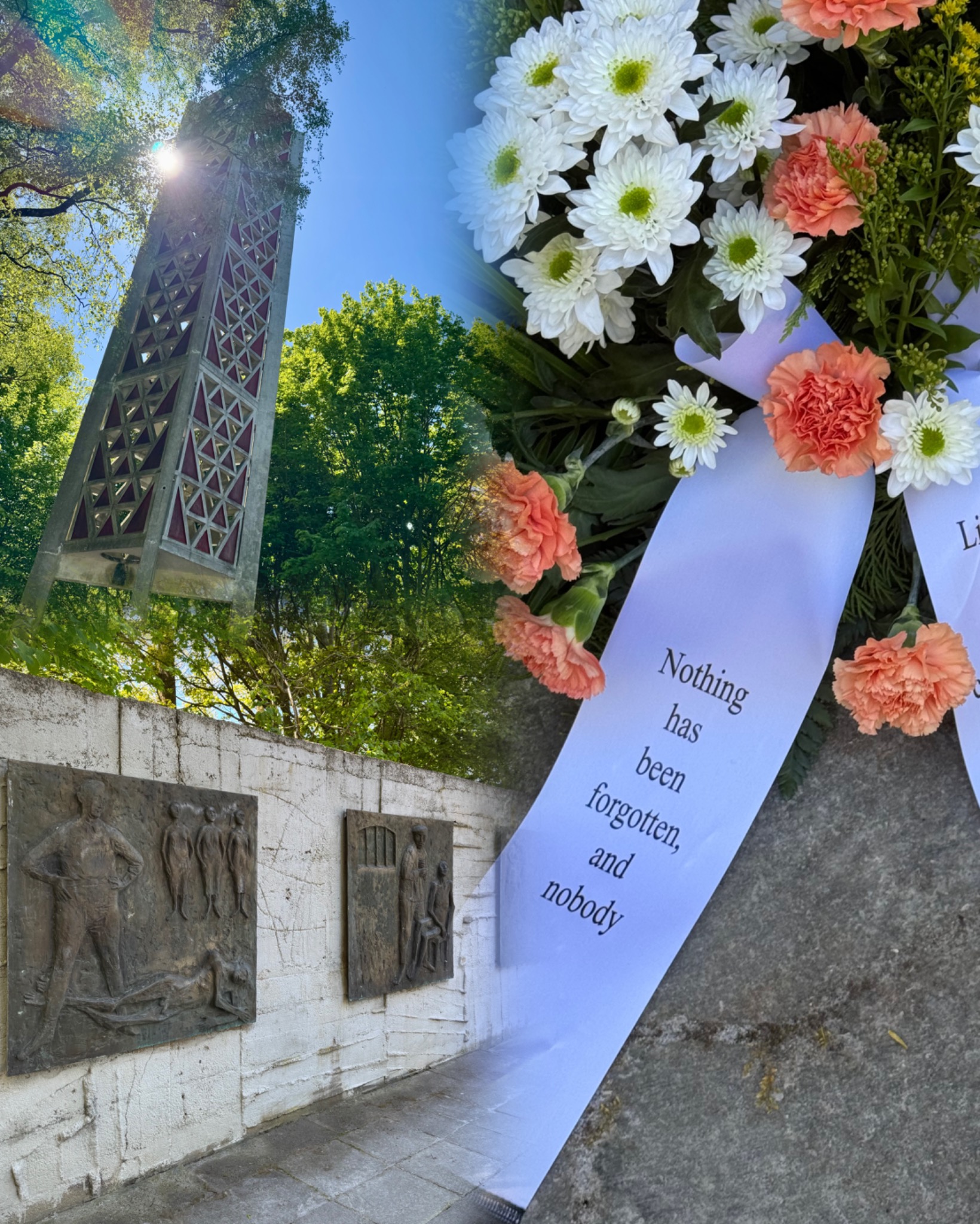
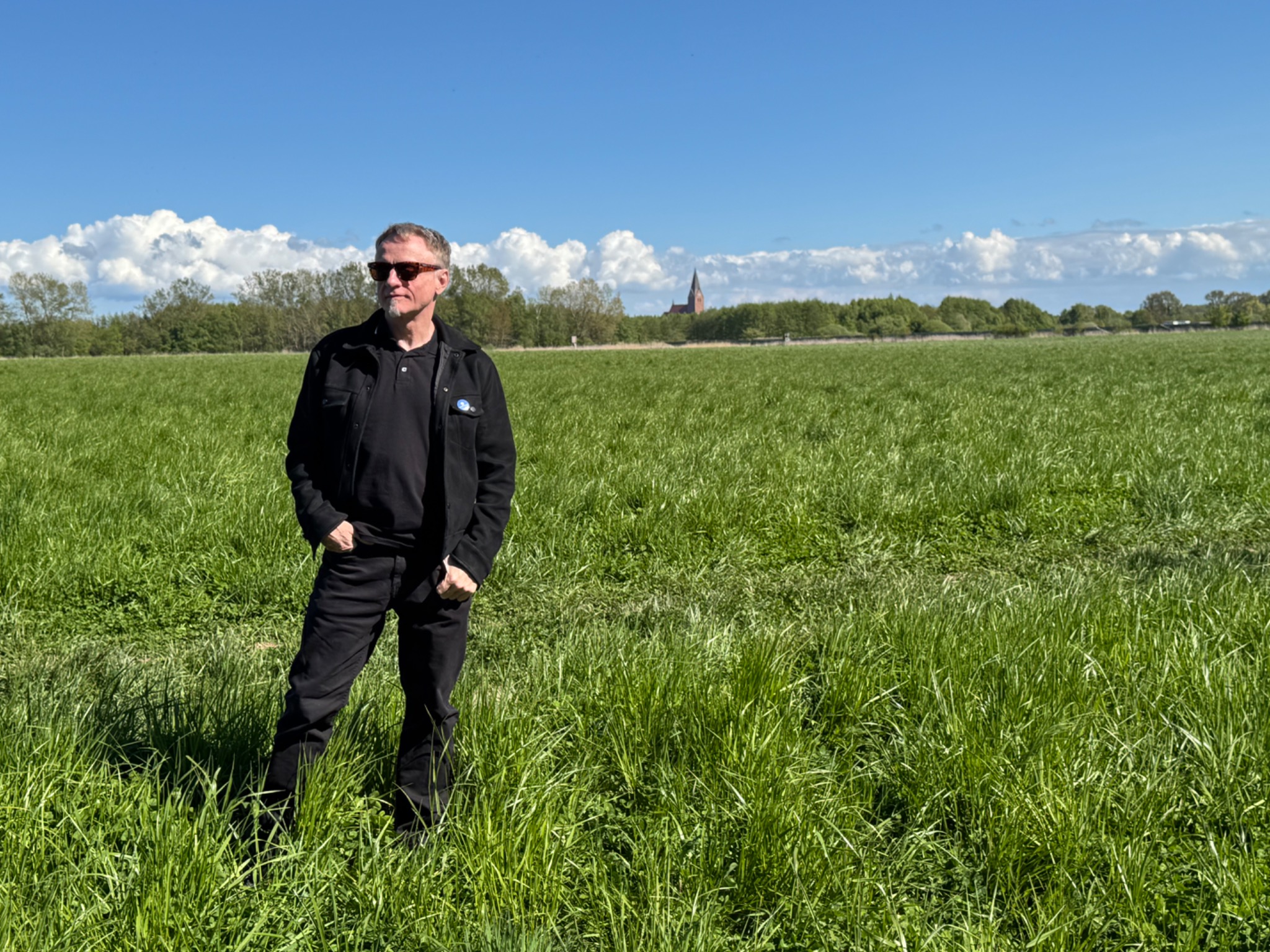
Later, dozens of participants headed outside for a tour. Three buses and a police escort took us out into the countryside. Our first stop was the site of Barth’s former concentration camp. There’s nothing left of it — only a memorial and a few haunting pieces of modern metal artwork attached to a heavy wall.
Friedrich-Carl Hellwig, the mayor of Barth, made a brief speech. “The camp was not hidden and stood in plain sight within the boundaries of the town,” he said before laying flowers at the memorial. “People saw the prisoners walking. They heard their cries. They witnessed the SS guards, the lories with barbed wire. And yet there was mostly silence — too often, for too long. Some chose not to know, others knew and turned away.”
Hanna Busse, a local student, gave a moving speech about parallels between the past and the present. “Hitler and his party had promised an eternal and bright future, but it fulfilled itself in death, ruins and misery for millions,” she said. “They blamed all their problems on minorities and committed atrocious crimes like sending the imprisoned on death marches. Today, I represent that part of the youth, for whom it is important that this path is not repeated. We have been living in peace for 80 years now, and it is imperative that we observe the signs of our times very carefully, as they seem to be very close to the events of 100 years ago.”
Our next stop was the site where my father was a prisoner: Stalag Luft I, a POW camp that once housed some 9,000 captured airmen from the United States, England and Canada. Today, you’d never guess that something that big had ever been in the wide-open natural setting, if it weren’t for the small sign and large boulder with bilingual plaques.
I gazed across the sun-soaked, verdant fields toward the church tower in the distance, trying to imagine how this sprawling plot must have looked when my father lived here — a muddy, smelly mess dotted with ramshackle wooden barracks and ringed with barbed wire.
I had so many questions. Where did my father sleep? How did he feel when the Nazi officers fled at the end of the war? And would he have wanted to revisit this site, if he’d ever had the chance?

Conversations
That evening, we sipped wine at a reception and met more attendees, including government officials and family members of captured flight crews. It was heartening to see how many people had come together for this — and how conversations could take place among people from both sides.
“You really should meet Grete,” a silver-haired woman from Arkansas told me as she sipped a tall glass of beer. “Her father was a German guard at the POW camp.”
I met Grete just a few minutes later. She had short-cropped gray hair and smiled warmly as she told her story. Born in 1938 in Germany, she barely knew her father, a German national who had lived in New York City but was drafted into Nazi military service when he returned to visit his home country; his English-language abilities made him a perfect fit for Stalag Luft 1, apparently.
Her father disappeared after the war ended and she never learned exactly what happened to him. Like me, she was still piecing together a puzzle.
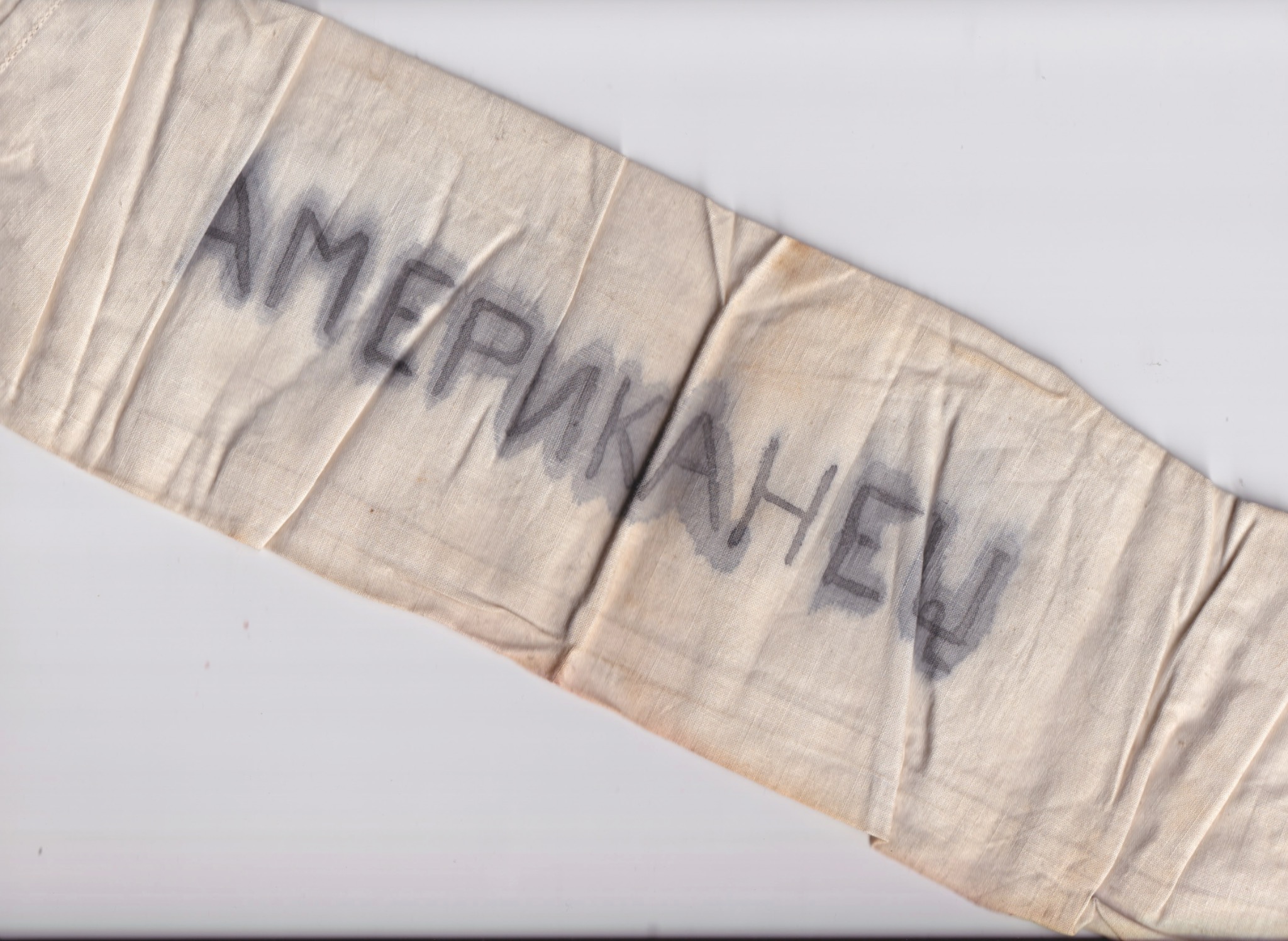
My Father's Armband
The next day, during one of the presentations, Kimberly Guise, senior curator at the National World War II Museum in New Orleans, mentioned my father by name. She projected a photograph of a white, handmade armband — a simple strip of cloth he had worn to identify himself as an American after the Russians arrived at the camp (prisoners mistaken for Germans could have faced severe treatment by the Russians).
I had donated the item to the museum earlier this year, along with a collection of documents and photos; a decision driven by my desire to place the artifacts somewhere they could be preserved and accessible to others.
Seeing that armband on the screen —something once wrapped around my father’s arm, now part of public history — made me realize that even though my father’s story was incomplete for me, it was an integral part of something larger.

Leaving Barth
The setting sun danced across the rapeseed fields as we departed Barth later that afternoon.
“Are you glad we made the trip?” Angel asked as he steered the Mazda toward Berlin.
“For sure,” I replied. And then I paused.
What had I learned about my father by visiting the site where he’d been a prisoner?
Not much, really. There were no magnificent, emotional revelations. No mysterious stranger emerging to say, “I knew John J. Chesnut, and I can tell you what he was like and what he went through.”
There was no movie script in this.
But I did begin to understand how strangers can find strength in sharing memories. I witnessed how the town of Barth rolled out the red carpet to welcome the families of POWs.
I stood where my father once stood. I listened. And I cried while staring at a toilet, which must mean something.
Stories are sometimes incomplete. But they’re still worth exploring.


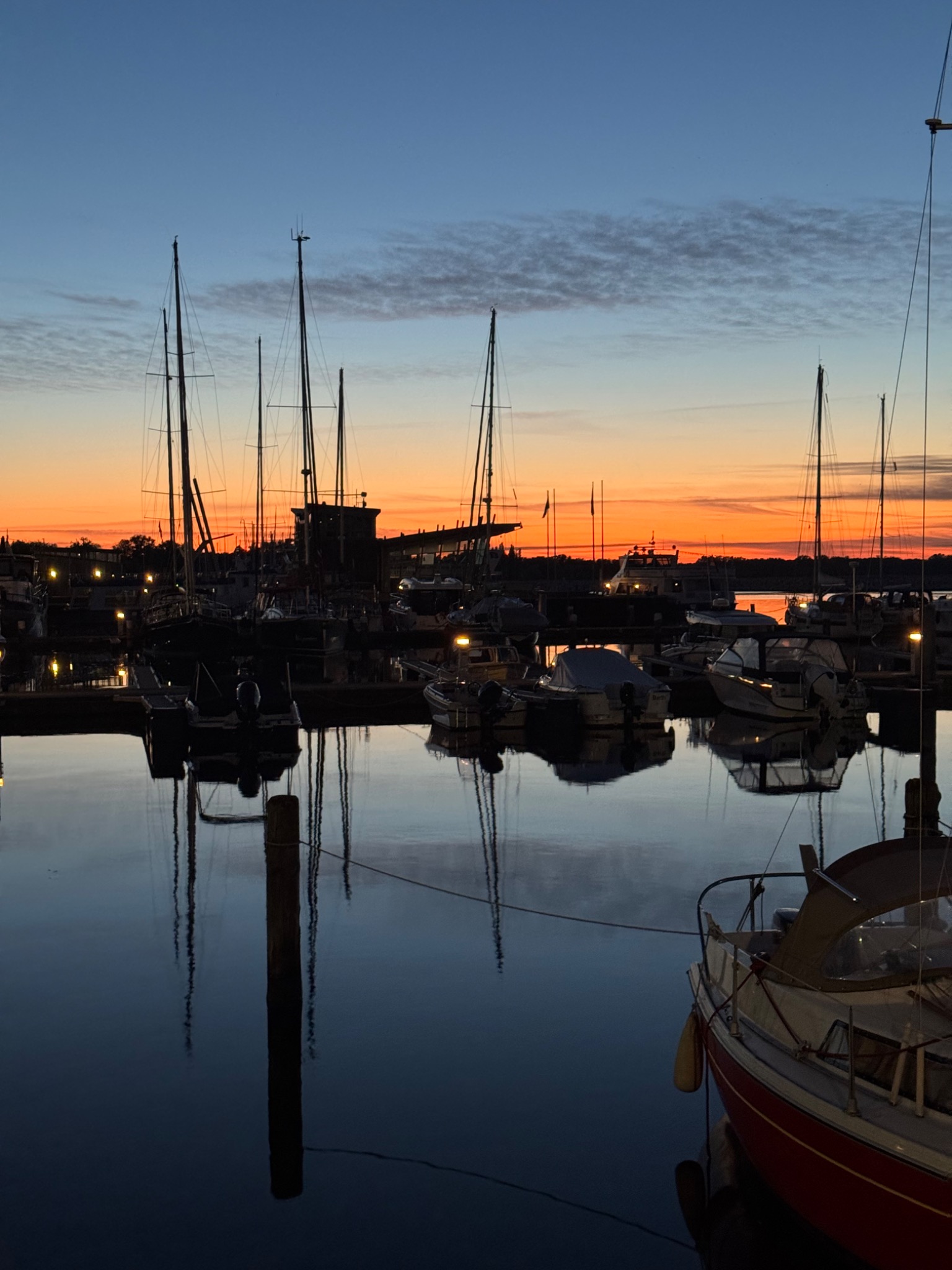
••••••••
ABOUT MARK CHESNUT
Mark Chesnut is a New York City-based journalist, editor, travel industry consultant and public speaker with more than 30 years of experience. The winner of the 2019 NLGJA Excellence in Travel Writing Award, Mark is the author of the book Prepare for Departure. Follow him on Instagram!

Post a comment